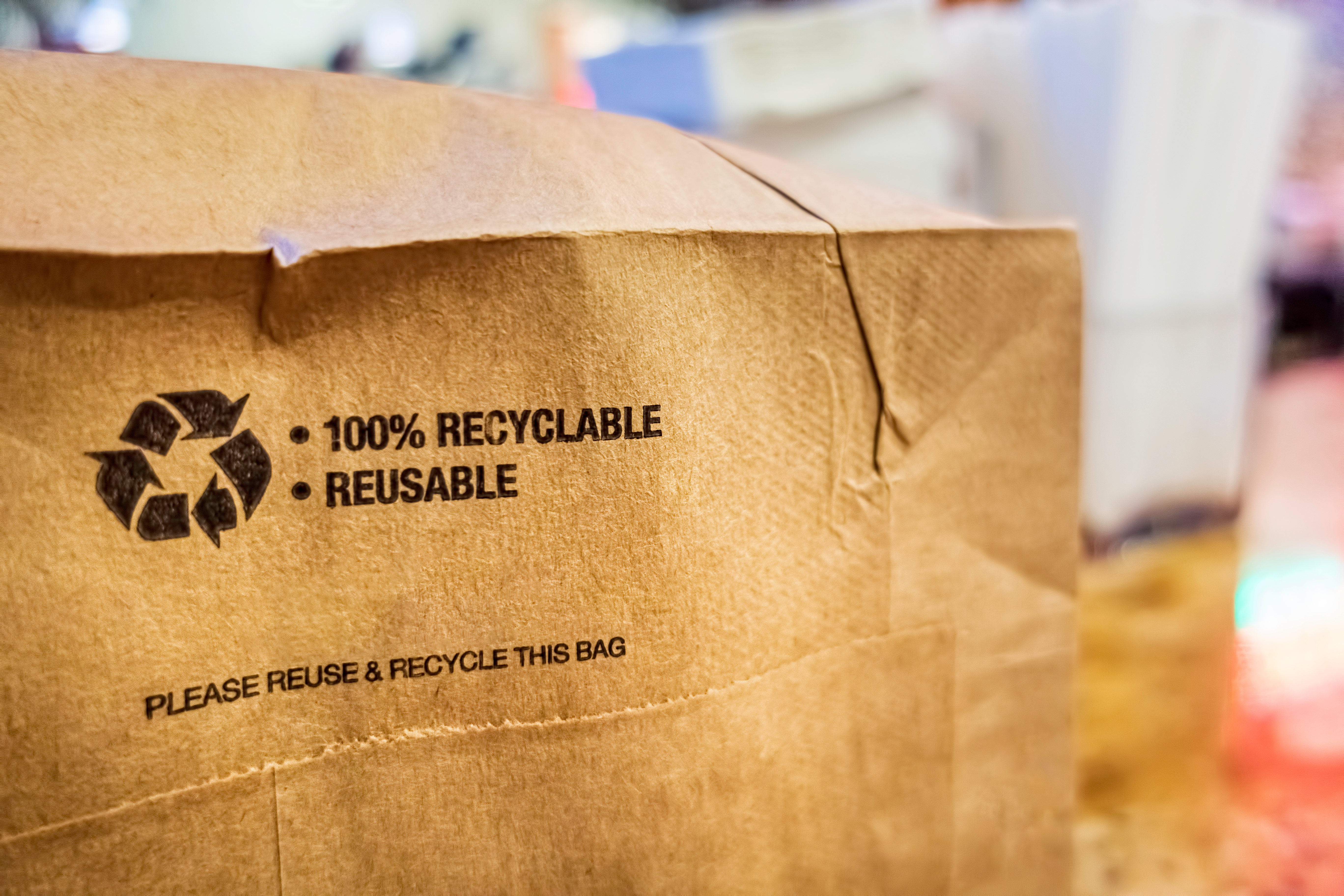
Paper’s impact on our lives is as steady as always. Paper has also played a major role in the battle for a more sustainable future. Paper products don’t make an obvious candidate for sustainability. After all, they do come from trees. But the fact is that paper production creation is quite different than what you might believe. Let’s separate the facts from some of the myths surrounding paper.
- Myth 1. Paper Products Can’t be Sustainably Manufactured
The reality is that paper is one of the few truly sustainable products in the world. As young trees grow and mature, they consume enormous amounts of carbon dioxide (CO2) from the atmosphere. Even after trees are harvested and converted into paper products, the paper retains a significant amount of carbon, keeping it grounded away from our atmosphere.
Furthermore, because trees are a natural resource, their growth and management can be carefully controlled to prevent overconsumption. Many of the world’s paper forests have been in sustainable circulation for hundreds of years.
What’s more, NORPAC produces nearly 100% of its paper using residual chips (waste wood fiber from local sawmills that make lumber). These residual chips would be landfilled or burned if NORPAC didn’t turn them into paper!
- Myth 2. Paperless Options Produce Less Emissions than Paper Manufacturing
One of the unfortunate myths surrounding sustainability is the mistaken idea that our digitalized world requires no resources and puts no strain on our natural environment. This couldn’t be further from the truth. Our digital world relies on enormous data centers to run and operate the internet and all our online sharing, communications and content creation. The resources these data centers require in energy, water and space is massive.
On top of that, the devices we use such as laptops, smartphones and desktops all require fossil fuels, chemicals, rare-earth metals and water to manufacture. It might not be readily apparent to us, but each of our e-mails, text messages and social media logins has its own carbon footprint.
- Myth 3. Paper Production Leads to Waste-Water Pollution
Because paper production does require extensive use of water to manufacture and treat the paper, critics have contended for years that paper mills are a major contributor to water pollution. And while this may have been true in the past, modern paper production is done much more sustainably. Many paper mills now source their water locally and treat it onsite before returning it to its source.
At NORPAC, the pulping process is chlorine-free, and each stage of production is crafted to ensure low water use and clean operations. In addition to that, all of NORPAC’s paper comes from responsibly managed forests and is certified to the Sustainable Forestry Initiative Certified Sourcing standards.
Paper and a More Sustainable Future
Paper can play a significant role as we embrace a greater respect and stewardship of the environment. Wood and paper products are some of the most environmentally friendly products today, and a great example of how natural resources can be sustainably grown, managed and harvested. We invite you to learn more about how paper can help you transition towards a more environmentally conscious future.



